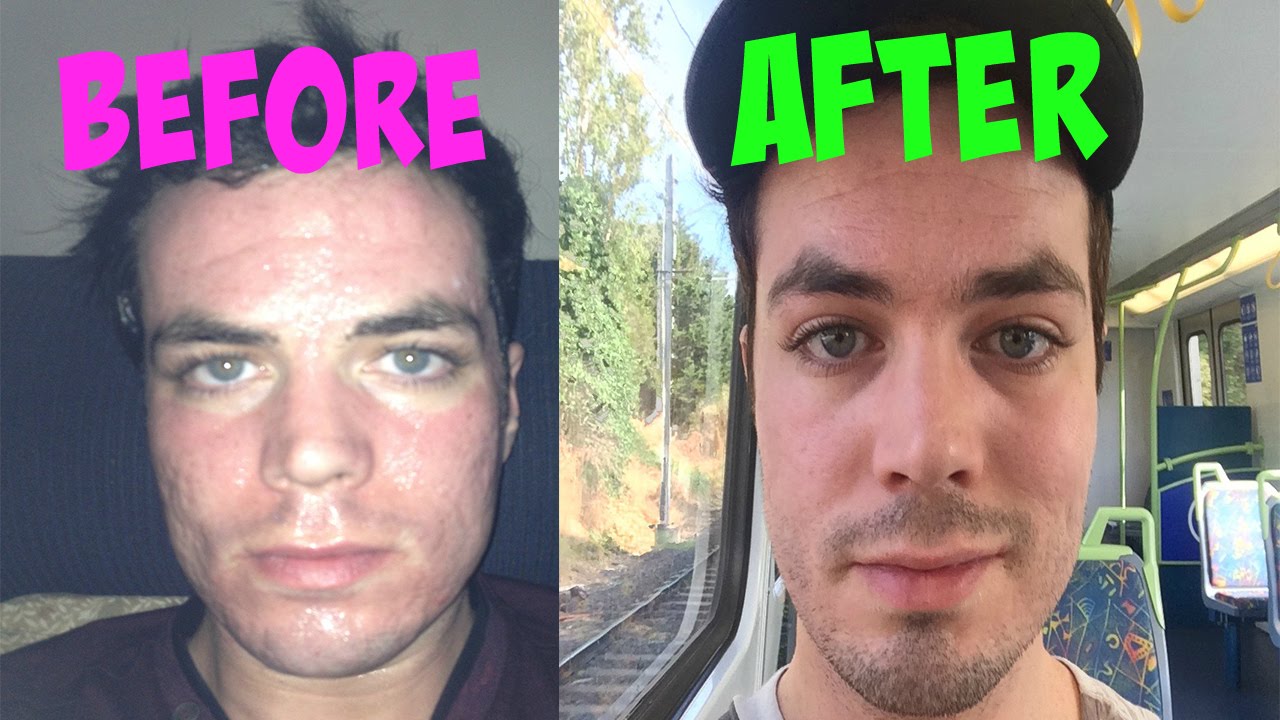Vaginal Pimples – How To Treat And Tell If Your Vaginal Acne Is Herpes Or Genital Warts
Have you spotted or felt what seems like a vaginal pimple and shocked because you never believed there was such a thing; well there is and don’t be shocked. Aside from the usual sweaty crotch and tight clothing being a couple of likely reasons for pimples, there are of course the more serious causes which is when a doctor will be needed.
To help prevent vaginal acne, the vagina and surrounding area must be allowed to breathe. Suffocating the Minnie will only encourage sweat, irritation and smell. A blemish that appears red, raised and with a white top is naturally classed a pimple, and why wouldn’t it be, because isn’t that what pimples look like, nevertheless it could be a symptom of another infection like genital warts, herpes, or an inflammation of the hair follicles. People tend to link pimples with the face only, making the vagina seem an odd place to get them, but, wherever you have pores pimples can come.
(Pimples are normally 1 to 3 millimetres in size filled with pus or sebasceous material – in the vagina they can be bigger and called ‘inclusion cysts’. If tiny, copious and filled with clear fluid – they are called ‘vesicles’ and these could be HSV, (herpes) typically sore and sting but rarely itchy.)
If you think you have a vaginal pimple or two, or even three, not to worry they are not life threatening and treatable.
A blocked sebaceous gland that’s infected can cause pimples, as well as an ingrown hair, and as tempting as it is to squeeze a spot that’s a result of one of these two, you mustn’t do it. If you’ve already attacked the zit, or its burst, clean the area to keep it free from bacteria.
Symptoms of some sexually transmitted diseases bring pimples. If you’re sure a sexually transmitted infection is not the cause of the vaginal acne, treatment is much similar to what is used for removing pimples from the face.
A common cause of pimples you’re likely aware of if you suffer regularly from acne and been looking for a cure, is through skin-cell build-up, grime and excess oil that clog the pores. Using simple techniques you can treat pimples caused by energetic sebaceous glands, bacteria in the pores or hormonal swings, that is, if infection is not involved. Vaginal tissue is very sensitive so remember this if you’re seeing to yourself without the help of a doctor.
1. Stop harmful bacterium in its tracks by keeping the vaginal area less moist and clammy. Although the vagina is a self cleansing organ, give it that extra boost with warm water for freshness. Usually antibacterial soap is used, but some can be severe, so try feminine fragrance-free cleansing products.
2. If the skin around the vagina is itchy and turns red – consider changing washing powder or soap, because both can cause irritation to sensitive skin.
3. Scarring and infection can occur from squeezing pimples. If pus spreads, a new acne can start. Try treating the pimples using a hot compress, not so hot that it burns the skin. Place the compress over the pimple to soften the skin. This reduces pain and urges the pimple to burst. The National Institutes of Health suggests this be done on pimples caused by folliculitis, or an inflammation of the hair follicle.
Another popular remedy is the sitz bath made with Epsom salts. Not only does this soothe and cleanse, it helps maintain dryness in the area. Add one-half to one cup of Epsom salts to 3 to 4 inches of bath water.
If all fails to sort the problem go and see your GP. Some doctors will prescribe oral medications, antibiotics, and even birth control to regulate hormonal changes. It’s unlikely topical ointments will be given because of sensitivity in the region. Having said that it will depend on what the doctor sees the best course of action to treat the vaginal pimples.
Vaginal Pimples – How To Treat And Tell If Your Vaginal Acne Is Herpes Or Genital Warts by Kacy Carr



